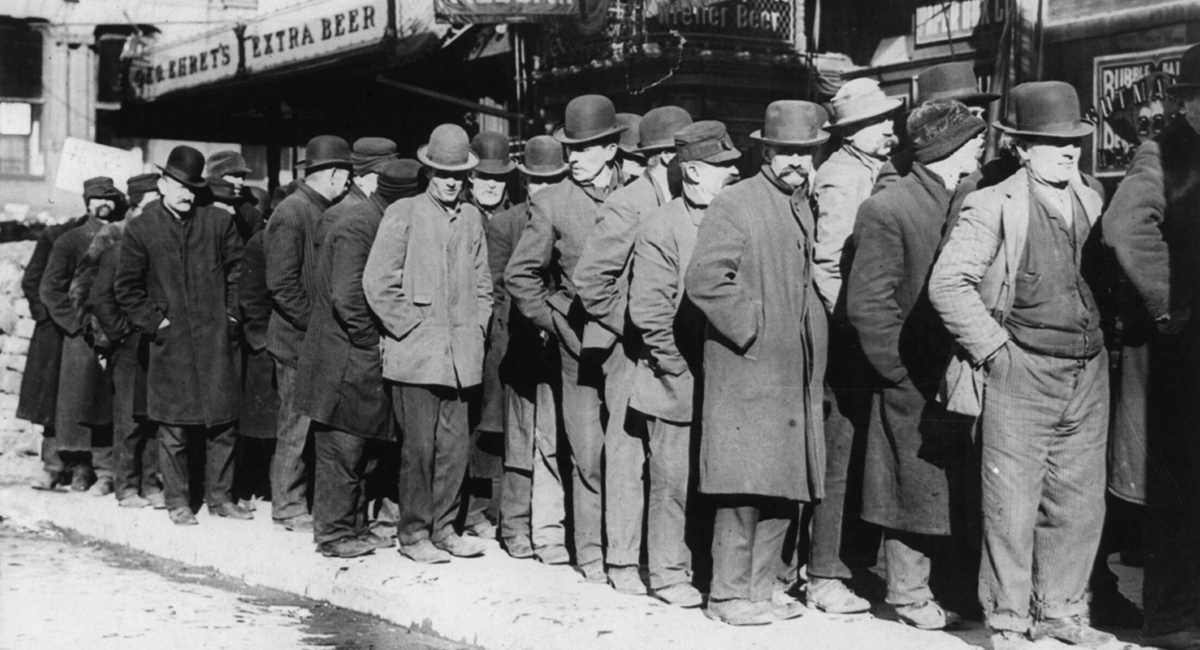Generations of students learned that the Great Depression was a conspicuous failure of free-market capitalism that only ended with the New Deal. Instead, the New Deal and other policies enacted to fight the Depression prolonged it. The Smoot Hawley Tariff was a conspicuous political failure. The New Deal was a conspicuous fiscal failure. The Federal Reserve’s response was a conspicuous monetary failure. Altogether, they worsened the depression.
With the onset of the Depression, people panicked and adopted isolationist, protectionist attitudes. To soften the Depression’s blow, Congress passed a sweeping tariff that raised import duties. Over the objections of 1,028 economists who signed an open letter urging him not to, President Herbert Hoover signed it. The effects were familiar. Americans wasted resources producing what they used to import domestically. There was deadweight loss because consumers could not consume as many of the newly-protected goods. The tariff made goods like Swiss watches much more expensive. American factories could no longer import the parts and materials they needed. This video from Marginal Revolution University explains:
The Smoot-Hawley Tariff was the first (perhaps unintentional) shot in a trade war. Not to be outdone by Americans, Europeans retaliated with tariffs on American goods. As a result, unemployment rose, industries failed, and the global economy became less efficient because of less specialization.
The Federal Reserve did not help matters. Its responsibilities include maintaining full employment and stable prices. Monetary policy during the early years of the Depression failed on both counts. A rapidly-contracting money supply and the subsequent deflation bankrupted farmers and others responsible for repaying debts in appreciated, harder-to-get currency. The money supply fell by some 30%. Loans and mortgages went unpaid. Bank runs and panics happened across the country. As Anna Schwartz and Milton Friedman would later explain, monetary mismanagement turned what might have been an ordinary recession into a Great Depression.
Upon taking office, President Franklin Delano Roosevelt inherited an economy already in shambles. So he set out to implement the New Deal, a sweeping array of programs to stabilize the economy and help Americans recover from the economic devastation. Instead, Roosevelt oversaw a massive increase in spending and a sweeping assumption of new powers by agencies like the National Recovery Administration and the Agricultural Adjustment Administration. These agencies and others, some of which ultimately did not survive challenges in the Supreme Court, aimed to correct “underconsumption” and “overproduction” and to keep farm prices high so that farmers’ incomes would rise and they would have more money to spend.
Efforts to control prices and centrally plan production, however, did not work. As the economic historian Robert Higgs has argued, the New Deal’s challenge to established property rights created regime uncertainty, with many people deciding not to invest out of the fear that their government would expropriate them.
Economists and historians will continue to debate the causes and consequences of the Great Depression, and as they make discoveries, they will refine their explanations. They will no doubt find that many supposed “cures” actually made the disease worse. The response to the Great Depression combined political, fiscal, and monetary failure in a way that made the Depression longer rather than shorter.









